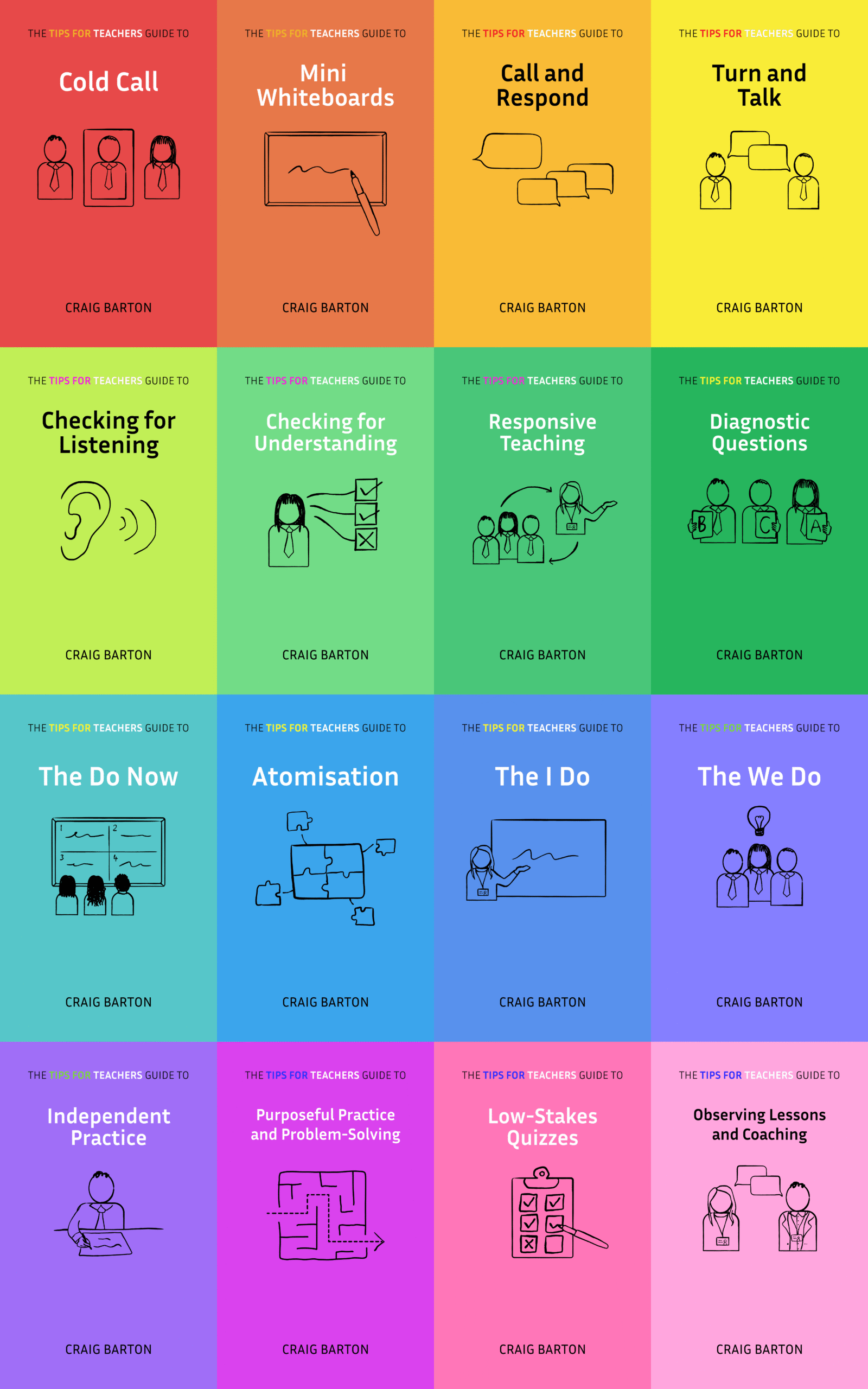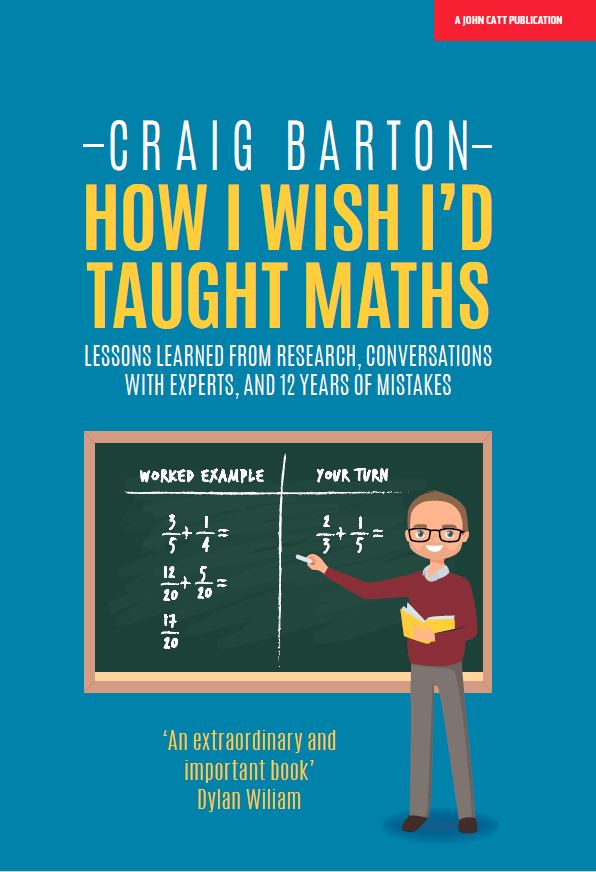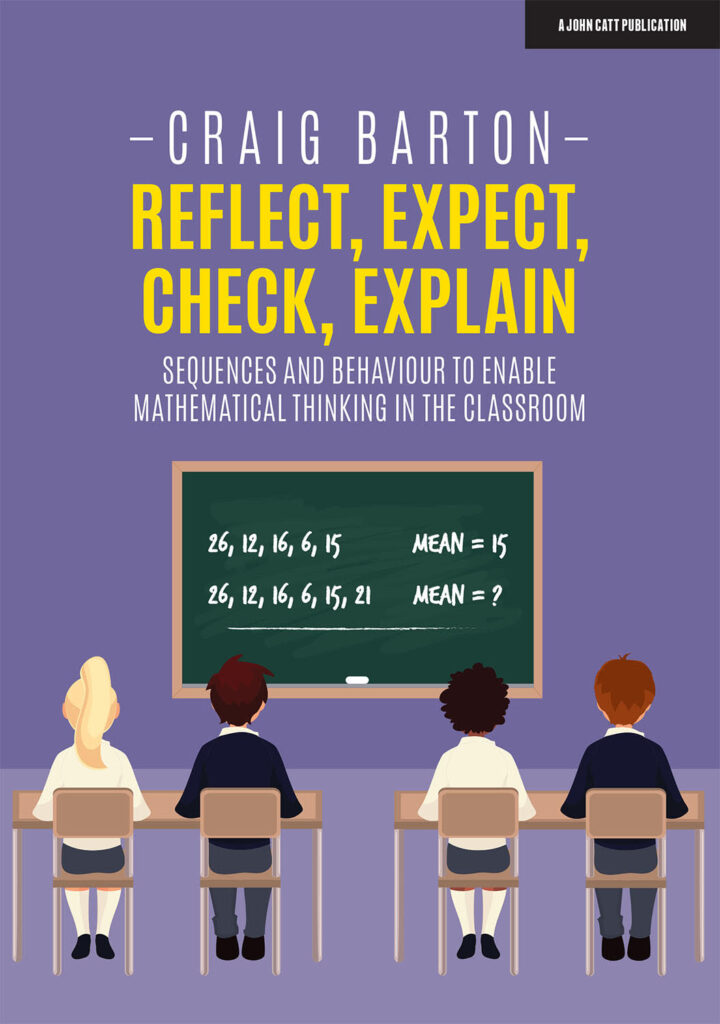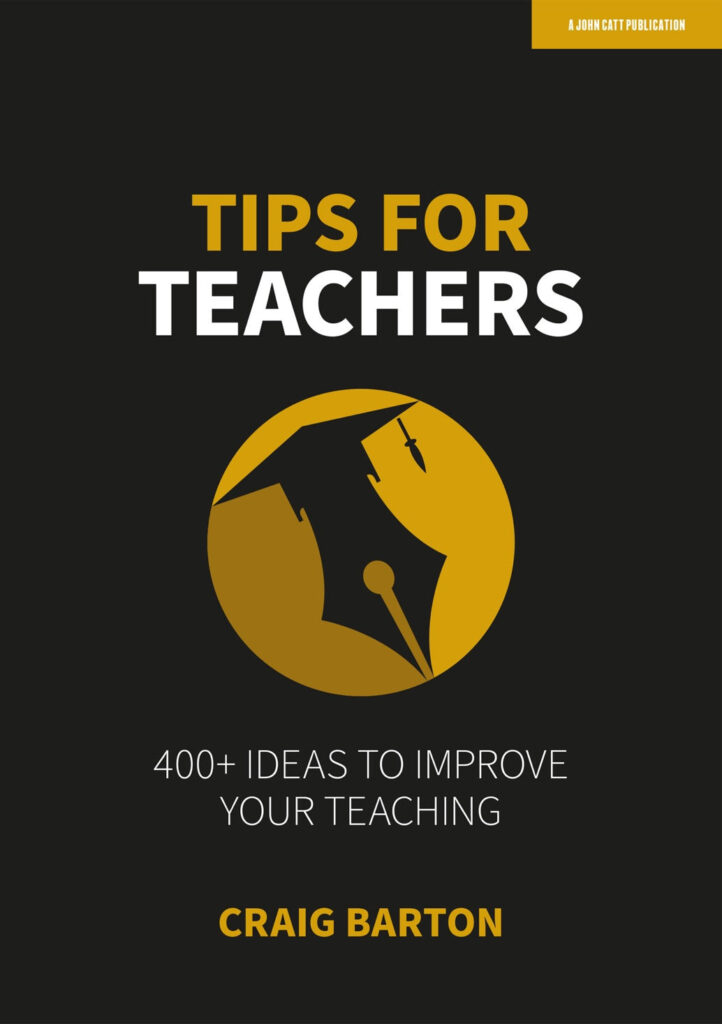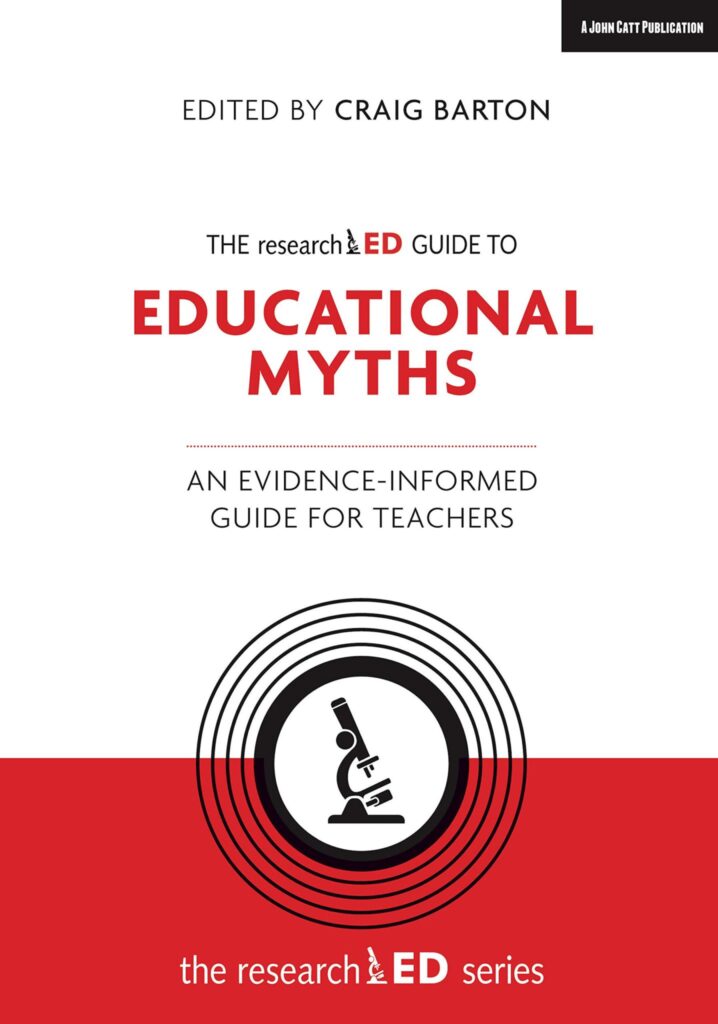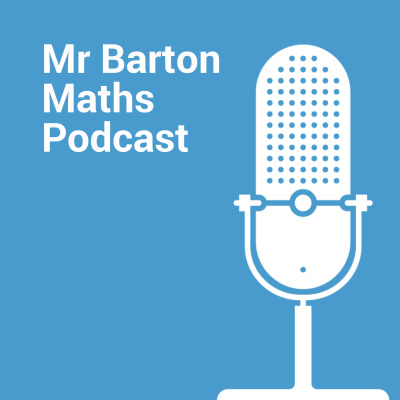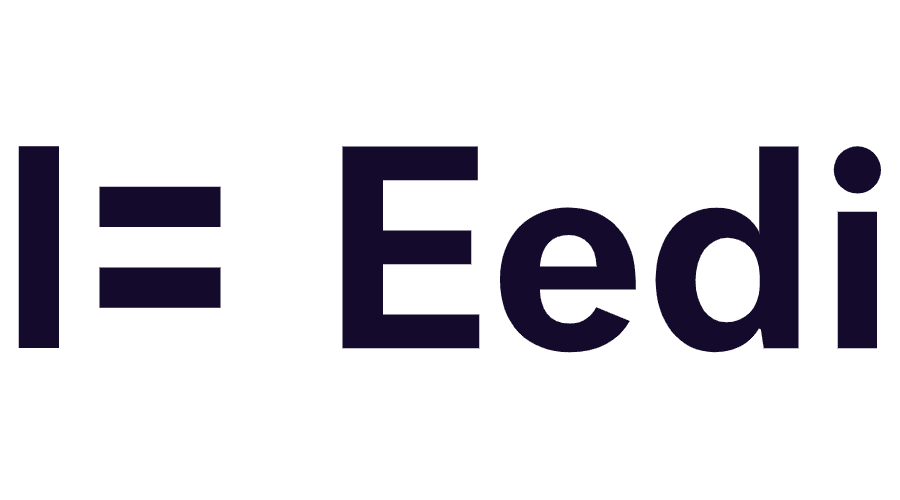Summary
This YouTube transcript discusses a teaching tip: ending each lesson with a simple question all students should answer correctly. The presenter argues this method sharpens lesson planning, focusing instruction on core concepts. The conversation also explores practical implementation, suggesting various assessment methods like exit tickets or mini-whiteboards, and addresses potential challenges like time constraints. Different question types, including multiple-choice questions, are considered. The overall aim is to gauge student understanding of key lesson material effectively.
What are the implications for teachers?
Based on the sources, here are some implications for teachers regarding asking a question at the end of every lesson that every student should be able to get right:
- Focus on planning: This practice encourages teachers to be precise about the learning objective for each lesson. Teachers must decide, at the beginning of the lesson, what specific thing they want all students to know by the end.
- Simplified question design: The end-of-lesson question should not be tricky but should be easy, allowing 100% of students to answer correctly. The question should assess the core knowledge of the lesson, not the most challenging concepts. It might focus on a main plot point, a main character, or other key information.
- Alignment with lesson planning: The final question should be central to lesson planning, with the lesson shaped around how to get to the point where all students can answer the question correctly.
- Assessment of core knowledge: Instead of ending on the hardest question, teachers should end with a question that assesses the core knowledge that all students should have understood.
- Retrieval practice: The end-of-lesson question can function as retrieval practice, even if the concept was introduced earlier in the lesson.
- Time management: It is important for teachers to allocate enough time at the end of the lesson for this question and avoid rushing.
- Various methods of questioning: The question can be asked in several formats, including exit tickets, mini whiteboards, or a simple multiple-choice where students raise their hands.
- Simplicity and routine: Teachers should aim for simple, repeatable methods for asking the question, avoiding complicated structures that take up too much time.
- Diagnostic multiple-choice questions: These questions work well as the final question in a lesson because they allow teachers to quickly assess student understanding, and identify problems or areas for further attention.
- Improved teaching: By asking a question at the end of each lesson that every student should be able to get right, teachers can enhance their teaching by focusing on what they want their students to know.

